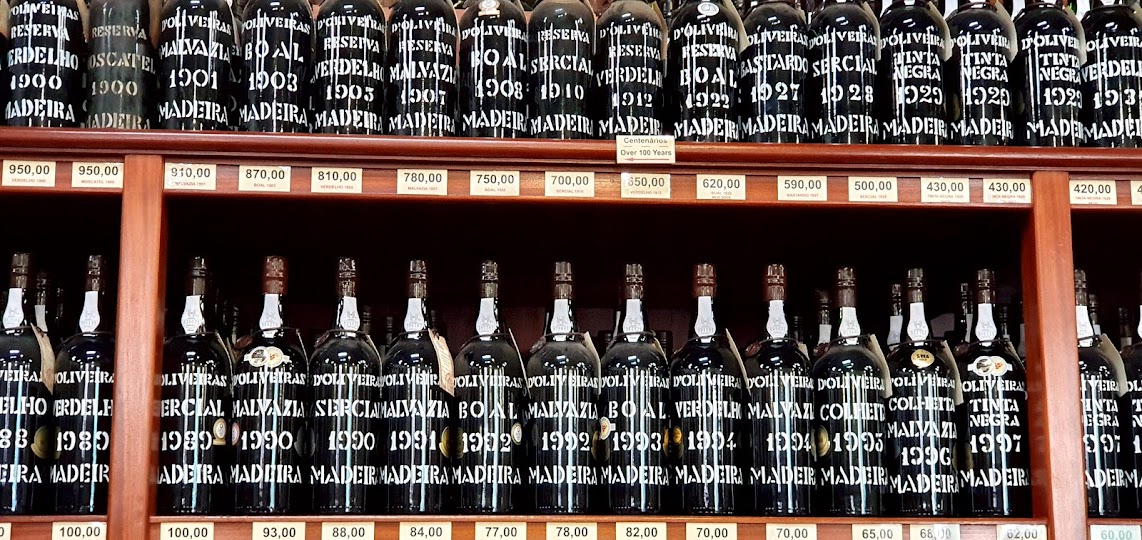Clairet can be seen as dark as Rose. Key differences between Rosé and Clairet are: Rosé: maceration normally for up to 12 hr or direct pressing Clairet: maceration 24-36 hrs Fermentation 18-20 °C and Clairet tends to go through MLF
mod complex and long
merlot predominant 70%, 30% cab franc which still makes its presence strongly felt
50yo vines
aged in 225l barrels, one third new
14% abv
RRP £ 20-25
score 89
Wine n.2
Domaine Perganson L'Inattendu 2018, Haut Médoc
22% merlot, 23% cab sauvignon, 30% petit verdot, 18% malbec, 7% cab franc
aged 1 year in 225l barrels
still rough
avb 14.5%
RRP £ 14
score 84
Wine n.3
Clos du Notaire 2019 Cotes de Bourg
(CdBourg oldest vineyards in region, planted by Romans "Vitis Biturica"
merlot 100% organic, no barrel, no aging recommended
complex needs time to round out tannins
no oak and no sulphur
abv 15%
RRP £12-14
score 92
Wine n. 4
Chat La Freynelle 2020 rosé
100% cab sauvignon
20yo vines
direct pressing
Rosé made in whole of Bordeaux region, with many different soils and terroirs
short maceration method used to make rosé, a few hours max
fresh, strawberry
abv 13%
RRP £ 7-8
score 87
Wine n.5
Chat Haut-Rian 2020 Entre deux mères (two tides, comes from marée)
40% sauvignon blanc 60% semillon
35yo vines
4 months on lees
fresh citrusy
abv 12.5%
RRP £ 8-10
score 87
Wine n.6
Chat Faugas 2018 cadillac AOC
Semi sweet
late harvest
100% semillon
epoxy lined concrete
score 86
abv 13.5%
RRP £ 13-16
Score 88
Oenobordeaux App can be download for those who are interested.






















































